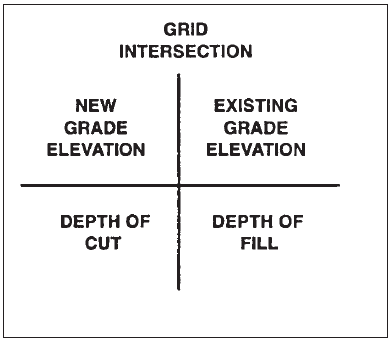

In fact, grids and blocks are 3D arrays of blocks and threads, respectively. 4 shows common expressions that programmers write for calculating the grid dimension using ceiling-division.
The only difference here is that we pass the multiBlockArray we created earlier as the argument to how many blocks we want to run, and then proceed as normal. When we call a kernel using the instruction <<< > we automatically define a dim3 type variable defining the number of blocks per grid and threads per block.Once we got the space we need on our device, it’s time to launch our kernel and do the calculation needed from the GPU. HostArray, BLOCKS * BLOCKS * sizeof(int),

As you can see, we take care of a two dimensional array, using BLOCKS*BLOCKS when allocating:ĬudaMalloc( (void**)&deviceArray, BLOCKS * BLOCKS * sizeof(int) ) Next, we allocate the memory needed for our array on the device. Then we define a 2d array, a pointer for copying to/from the GPU and our dim3 variable: So, why is it dim3? Well, in the future CUDA C might support 3d-arrays as well, but for now, it’s only reserved, so when you create the array, you specify the dimension of the X-axis, and the Y-axis, and then the 3rd axis automatically is set to 1.įirst of all, include stdio.h and define the size of our block array: How do we do this? First of all, we will need to use a keyword from the CUDA C library, and define our variable. Basically, it’s all the same as before, but we used multidimensional indexing. But since they are 2d, you can think of them as a coordinate system where you have blocks in the x- and y-axis. dim3 grid((DX+block.x-1)/block.x, (DY+block.y-1)/block. These types of blocks work just the same way as the other blocks we have seen so far in this tutorial. We will create the same program as in the last tutorial, but instead display a 2d-array of blocks, each displaying a calculated value.

Dim3 grid calculation how to#
In this short tutorial, we will look at how to launch multidimensional blocks on the GPU (grids). In your kernel you have an appropriate thread-check such as: _global_ void k(.Welcome to part 5 of the Parallel Computing tutorial. For-loop to calculate the value of result. Load these sub-matrices by block (sub-sub-matrices) of size (BLOCKSIZE, BLOCKSIZE). Dimensions of the block in number of threads dim3 blockIdx. Therefore it is assumed that you want to launch a grid of blocks that is large enough to cover your dimensions. Each kernel computes the result element (i,j). Dimension of the grid in blocks GridDim.x, GridDim.y, GridDim.z dim3 blockDim. Block and grid dimensions can be initialized by the to type dim3, which is a essentially a struct. The dimx, dimy, and dimz may not be whole-number divisible by block.x, block.y, and block.z respectively. 2.1 GPU vs CPU on floating point calculations. In order to process the above kernel in GPU, arrays a, b and c should be initialized in the CPU and transferred to the GPU. ĭim3 grid((dimx+block.x-1)/block.x, (dimy+block.y-1)/block.y, (dimz+block.z-1)/block.z) The global index (gid) calculation is elaborated in this article. Typically you would compute them as follows: int dimx =.


 0 kommentar(er)
0 kommentar(er)
